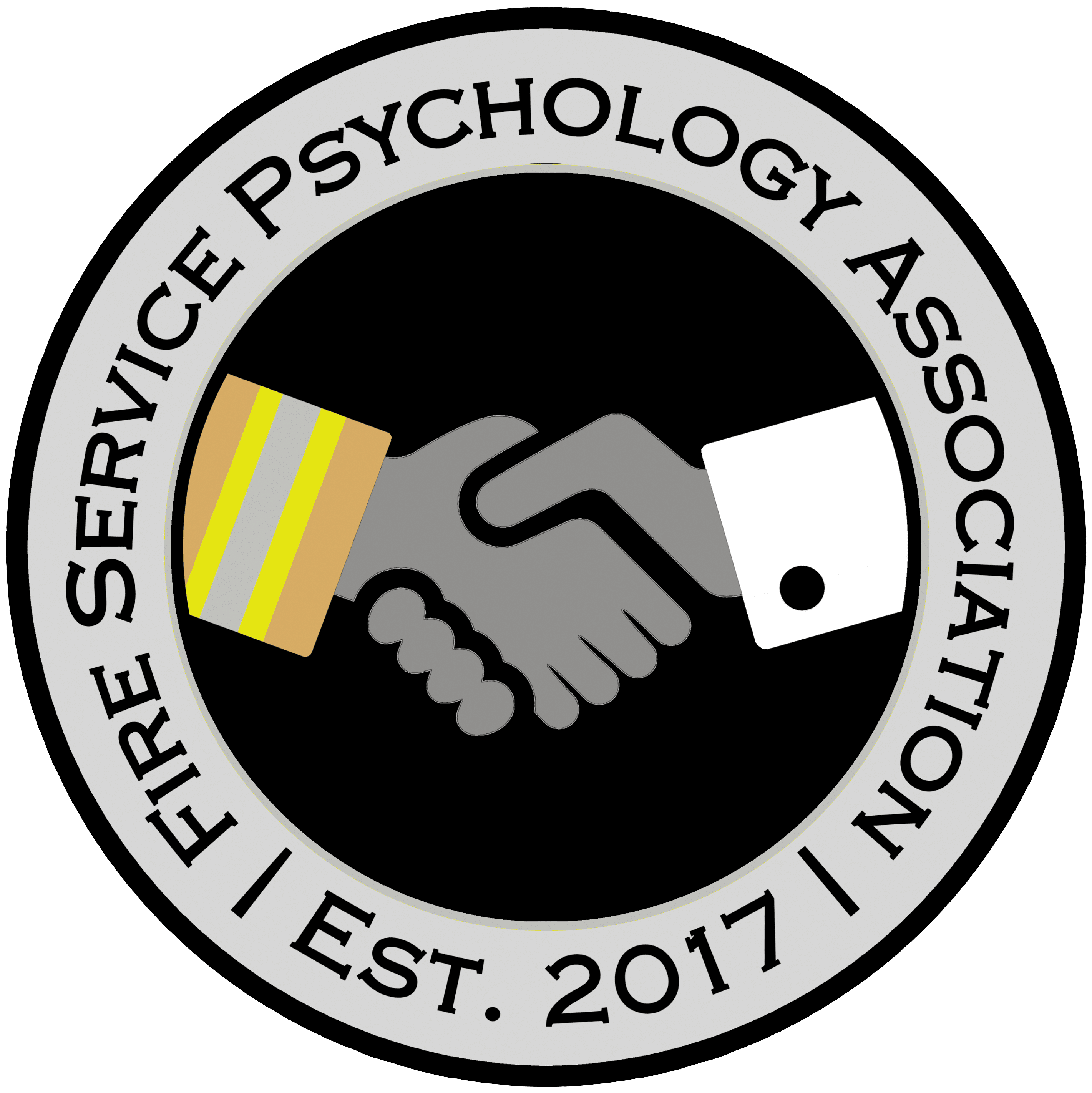Occupational Exposures and Post Traumatic Stress
PTSD Definition
- Post-traumatic stress is a common reaction to trauma exposure. (Note: IAFF uses these terms interchangeably.)
- On the contrary, Post Traumatic Stress Disorder is a disease process. According to the American Psychiatric Association’s Diagnostic and Statistical Manual of Mental Disorders Fifth Edition, Post-Traumatic Stress Disorder (PTSD) is defined by a combination of criteria (A-H) to meet the diagnostic threshold.
- Within criteria A, an individual must have been “exposed to death, threatened death, actual or threatened serious injury, or actual or threatened sexual violence, in the following way(s): direct exposure, witnessing the trauma, learning that a relative or close friend was exposed to a trauma, indirect exposure to aversive details of the trauma, usually in the course of professional duties (e.g., first responders, medics.)”
- Criteria B can be met through the traumatic event persistently being re-experienced in the following way (s): “unwanted upsetting memories, nightmares, flashbacks, emotional distress after exposure to traumatic reminders, physical reactivity after exposure to traumatic reminders.”
- Criteria C is described by the “avoidance of trauma-related stimuli after the trauma, in the following way (s): trauma-related thoughts or feelings or trauma-related reminders.”
- Criteria D includes “negative thoughts or feelings that began or worsened after the trauma, in the following way (s): inability to recall key features of the trauma, overly negative thoughts and assumptions about oneself or the world, exaggerated blame of self or others causing the trauma, negative affect, decreased interest in activities, feeling isolated, difficulty experiencing positive affect.”
- Criteria E involves, “trauma-related arousal and reactivity that began or worsened after the trauma in the following way (s): irritability or aggression, risky or destructive behavior, hypervigilance, heightened startle reaction, difficulty concentrating, difficulty sleeping.”
- Criteria F states that symptoms must last for more than one month.
- Criteria G describes symptoms as creating distress or functional impairment.
- Criteria H directly states that symptoms must not be due to medication, substance abuse, or other illness. The DSM 5 identifies two specifications including dissociative and delayed.
PTSD in the Fire Service
https://www.bing.com/videos/search?q=utube+Beyond+Bravery+PTSD+Documentary&docid=607999603141051906&mid=0E718D5A40C07A0712BC0E718D5A40C07A0712BC&view=detail&FORM=VIRE
PTSD only Psychological Outcome or Consideration?
- PTSD is one of the most commonly explored psychological ailments among firefighter populations although it is one of many possible negative psychological outcomes. It is important to recognize, however, in the exploration of research the difference between posttraumatic stress symptoms and the diagnosis of PTSD.
- At times, when exploring the research, some individuals clump all of these categories together and significantly inflate the number of PTSD cases among this population.
- Furthermore, other considerations for psychological research in areas of domestic violence, suicide, homicide, and substance abuse including but beyond alcohol may be beneficial in truly understanding the needs of this population.
Workplace + PTSD Symptoms
- One study conducted in Nigeria looked at the relationship between PTSD symptoms, resilience, and work locus of control among career firefighters.
–Findings suggested resilience negatively predicted PTSD symptoms and that a higher score on the resilience scale was directly associated with fewer symptoms of PTSD.
–Furthermore, firefighters who believed they had little control over workplace outcomes were associated with more PTSD symptoms.
–Demographically, higher levels of service, tenure, and higher educational status were associated with fewer PTSD symptoms
(Onyedire, N. G. et al., 2017.)
Interventions Targeted at Reducing PTSD Symptoms
- Resilience Training
- Modifying Locus of Control Beliefs
(Onyedire, N. G. et al., 2017.)
Alcohol & PTSD
- Research suggests that firefighters have a high prevalence of alcohol use, depression, as well as posttraumatic stress.
- When looking at the relationship between depression and alcohol use independently, findings suggest that their depression was only directly correlated to alcohol dependence.
- When exploring the relationship between posttraumatic stress and alcohol use, the stress was directly related to alcohol dependence symptoms, positive alcohol dependence screen, as well as drinks per occasion.
- With regards to the interaction between posttraumatic stress and depression on alcohol use, there was a significant interaction between the two variables and all types of alcohol use.
- Those interactions were evident above both main effects, demographic variables, and covariates.
- It is important to note that higher levels of depression were positively associated with alcohol-related outcomes for those with lower levels of posttraumatic stress as opposed to those with higher levels.
(Paulus, D. J., et al., 2017.)
Perceptions & PTSD
- Given the frequency of trauma exposure while on duty, firefighters are at risk to develop PTSD and other psychopathology.
- From a cognitive psychology approach, the interpretation of the trauma is what leads to the development of PTSD rather than the actual event.
- On study among Portuguese firefighters, which sought to understand the perception of threats as it relates to PTSD symptoms, found that the perceived threat explained unique variance in PTSD symptoms.
- These findings suggest that firefighters may benefit from interventions focused on threat perception to prevent PTSD symptoms.
(Pinto, R. J., et al., 2015.)
Organizational Stress vs. Operational Stress
- Stress among emergency service worker populations goes beyond trauma exposure and involves operational and organizational sources
- Research suggests that organizational stress may be more strongly related to negative mental health outcomes than operational stress
- Operational stress may be directly related to PTSD symptoms whereas organizational stress is not. Research findings support, however, the notion that organizational stress is indirectly related to posttraumatic growth outcomes through the mediating role of organizational belonging.
- Therefore, in order to prevent psychological outcomes and support healthy adjustment, psychosocial interventions should promote organizational belongingness following trauma exposure.
(Armstrong, D., Shakespeare-Finch, J., & Shochet, I., 2016.)
Wildland + PTSD
- In Greece, a group of firefighters involved in a 2007 wildfire with 43 fatalities including three firefighters, were interviewed and asked to complete various questionnaires and inventories in order to understand the psychological consequences of the fire.
- The findings indicated that 18.6% of the firefighters met the diagnostic criteria for PTSD. Specifically, fear of dying during the fire, insomnia, as well as increased neuroticism (a personality trait), and depression increased the likelihood of PTSD.
- Among those studied, career firefighters had a 70% lower likelihood of developing PTSD vs. those who were seasonal employees
(Psarros et al., 2018.)
Somatic Symptoms + PTSD
- One study exploring Australian firefighters examined the association between probable PTSD and a range of common somatic symptoms and found that firefighters with PTSD reported greater levels of neurological, gastrointestinal, and cardiorespiratory symptoms than those without PTSD.
- Findings also suggested that PTSD was significantly associated with increased total somatic symptom severity regardless of age.
(Milligan‐Saville, J. S., et al., 2017.)
PTSS + Substances
- Posttraumatic stress symptoms (PTSS) are common among municipal firefighters and predict both maladaptive coping patterns and alcohol-related consequences.
- Research suggests that 32.4% of firefighters report significant levels of PTSS and that those symptoms are related to at-risk drinking, alcohol-related problems, maladaptive coping skills, and substance use coping.
- Furthermore, these findings reflected that substance use coping and drinking to cope serve as mediators between PTSS and problem drinking.
(Tomaka, J., et al., 2017.)
Potentially Traumatic Events + Post Traumatic Stress Symptoms
- In order to understand the relationship between duty-related trauma and PTSS, one study in Korea sought to explore the characteristics of potentially traumatic events (PTE) and PTSS.
- Findings suggested that multiple PTE and peritraumatic suffering increased the odds of significant PTSS after adjusting for age, marital status, education, years worked, depressive symptoms, and childhood trauma.
- Furthermore, colleague-related PTE and indirect PTE were significantly associated with PTSS. A combination of PTE and peritraumatic suffering was more predictive of PTSS than the main effects. Firefighter populations who are exposed daily exposure to indirect PTE may be more likely to have PTSS than the general population.
(Lee, J. H., et al., 2017.)
Biological Markers + PTSD
- Few studies have explored the biological markers for PTSD among firefighter populations.
- Within the general population, there is evidence that adiponectin-mediated neuromolecular pathways are involved in fear extinction.
- A recent study conducted with a Korean firefighter population investigated the association between adiponectin and firefighters diagnosed with PTSD.
- Findings suggest that the male firefighters with PTSD had lower plasma adiponectin levels than the controls and there was an inverse correlation between these levels and PTSD severity.
- The study also found no correlation between these levels and depression.
(Na, K., Kim, E., & Park, J., 2017.)
Early Physical Victimization + Mass Disaster
- Firefighters who have been exposed to early physical victimization may be at risk for mental health challenges when responding to a mass disaster.
- One study examined a sample of both police officers and firefighters who responded to Hurricane Katrina and found that early victimization was modestly associated with symptoms of PTSD, depression, sleep disturbances, and peritraumatic dissociation.
(Komarovskaya, I., et al., 2014.)
Firefighter Exposures
https://stories.starbucks.com/stories/2017/upstanders-the-firefighters-rescuer/
Heart Issues



